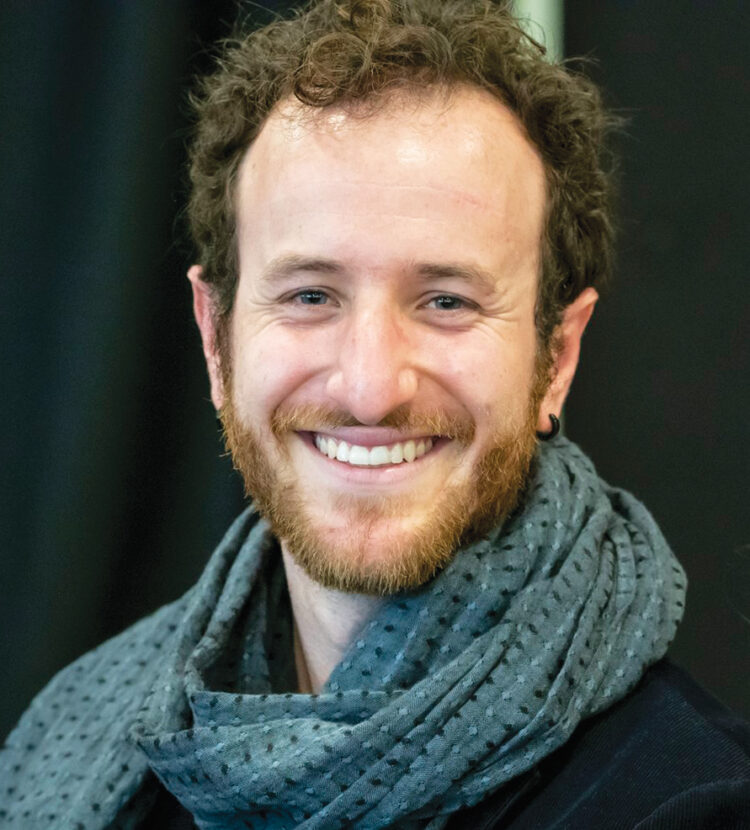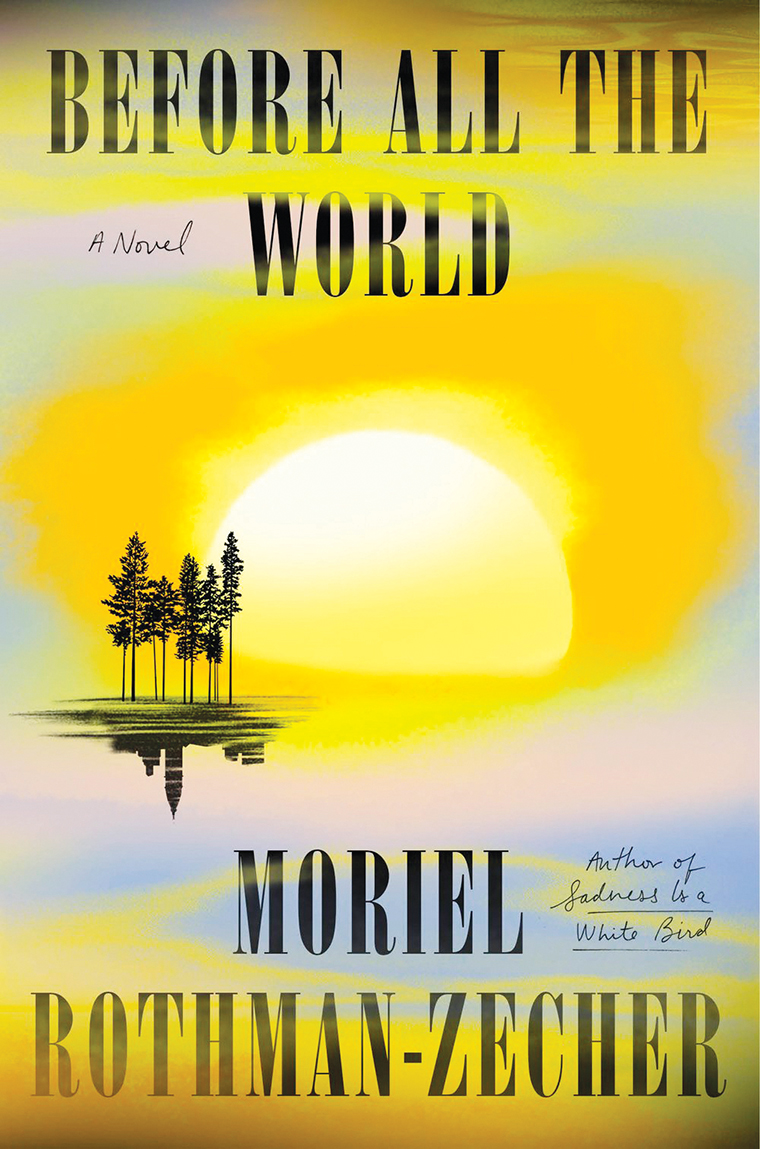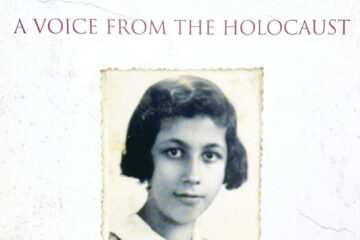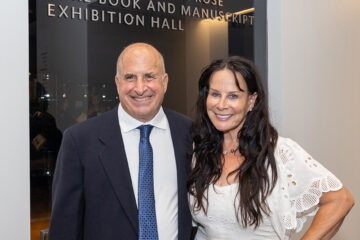1930s Philadelphia setting of Rothman-Zecher’s 2nd novel

By Hannah Kasper Levinson, Special To The Dayton Jewish Observer
Days after the final edits on his first novel, Sadness is a White Bird, Israeli American author Moriel Rothman-Zecher set out to create his next work of fiction. The discovery of a Yiddish poetry collection led to his new novel, Before All the World, which was six years in the making and released in November.
Rothman-Zecher, who as a child moved to Yellow Springs from Jerusalem and has lived on and off in both places, is now based in Philadelphia. He is a National Book Award 5-Under-35 recipient and a Dayton Literary Peace Prize finalist. Here, he talks about his research, the beauty of translation, and “falling in love with the world despite history.”
Yiddish and its translation into English are essential to the storytelling in Before All the World. What was your experience with Yiddish before you wrote the novel?
I was a MacDowell fellow on residency in New Hampshire and they have this gorgeous library, the James Baldwin Memorial Library. I don’t remember how this book popped out to me but I saw it on the shelf, this little book called Bilingual Anthology of Modern Yiddish Poetry, selected and translated by Ruth Whitman.
As soon as I cracked it open, I felt like I had stumbled across family members, in the sense that my great-grandparents were native Yiddish speakers, and this was the language that coursed through generations of my family. I also thought that this was really phenomenal poetry. But I was reading the book only on its right side.
What do you mean by that?
The English translation on the right side and the Yiddish on the left. There was something of a heartbreak to my inability to even sound out the Yiddish words. I’d had the experience of reading modern Arabic poetry in its original language and in translation and it was pretty transformative.
I started writing in this frenzied, joyous way. I was leaning on Yiddish syntax and memory, but not being sure that I was leaning on it right. I decided to take a pause for a year and learn Yiddish. I took an intensive course at Tel Aviv University, and traveled to Belarus and Lithuania through the fellowship Yiddishkayt Helix Project. The idea wasn’t that I would become perfectly fluent, but at least that I would go and learn the grammar and if the syntactical experiment I was doing was valid. It was exciting for me to see how the language is still alive in literary, spoken, cultural, and political spheres.
Do you think the reader needs some understanding of Yiddish to follow the story?
Decidedly not. The novelist Arundhati Roy talked about writing novels in English that include non-English language transliteration sections. She imagines her novels as an ocean, and the reader like a fish. Some readers will have knowledge of these languages, cultural references, and religious significances of certain words, and those readers will be swimming closer to the ocean floor. Other readers will enter the novel without that same knowledge, and those readers will be swimming closer to the surface of the ocean. There’s not a better or worse place for a fish to swim in an ocean.
 Can you talk about your research into queer Jewish life in Philadelphia in the early 1900s?
Can you talk about your research into queer Jewish life in Philadelphia in the early 1900s?
Research was such an exhilarating part of this book. In researching Jewish queer history, there were a few books that were central to my understanding. One is George Chauncey’s Gay New York: Gender, Urban Culture, and the Making of the Gay Male World, 1890-1940. This book totally transformed how I understood gay male history in this country.
In some ways it was safer to be a queer man in 1920 America than it was in 1940. Speakeasies were places of sanctuary from the scrutiny of mainstream America. The frenzy of anti-queer panic that swept America happened as Prohibition ended and a lot of these spaces came above ground. Come the ‘30s, police raids and officers pretending to be members of the community and arresting and torturing people who they had contact with were real practices.
Another source I loved was an article called Talking About Feygelekh: A Queer Male Representation in Jewish American Speech by Michael J. Sweet.
Were there reasons you chose Philadelphia as the setting?
For my grandparents, who I was very close to growing up. Their parents came straight to Philadelphia. There’s a family story that is another genesis of this novel. Growing up, I had thought that my grandmother was one of two sisters. Only in my late teenage years I found out that my grandmother had a third sister who had a child with a Black man in Philadelphia and was shortly after institutionalized for the remainder of her life. Did she actually need institutionalization? It’s not so far-fetched to imagine that the very fact of having a romantic affair with a Black man as a White-adjacent Jewish woman in America in that era could have been rendered a kind of psychosis. No one could tell us what happened to the child.
The novel is heart wrenching and its characters have undergone deep traumas, but at the core is the phrase, “I can not believe that the world is only darkness.” Do you think Before All the World is ultimately an optimistic story?
I came across a gorgeous quote recently by the poet Derek Walcott: “For every poet it is always morning in the world; history a forgotten, insomniac night. The fate of poetry is to fall in love with the world in spite of history.” For me, this book is exactly that. It’s not optimistic in the sense that the “lessons” of these eras have been internalized and metabolized for the better. But it is a book that very much stands against despair. Even in the most excruciating circumstances, there is still this human capacity for decency and love.
To read the complete December 2022 Dayton Jewish Observer, click here.





